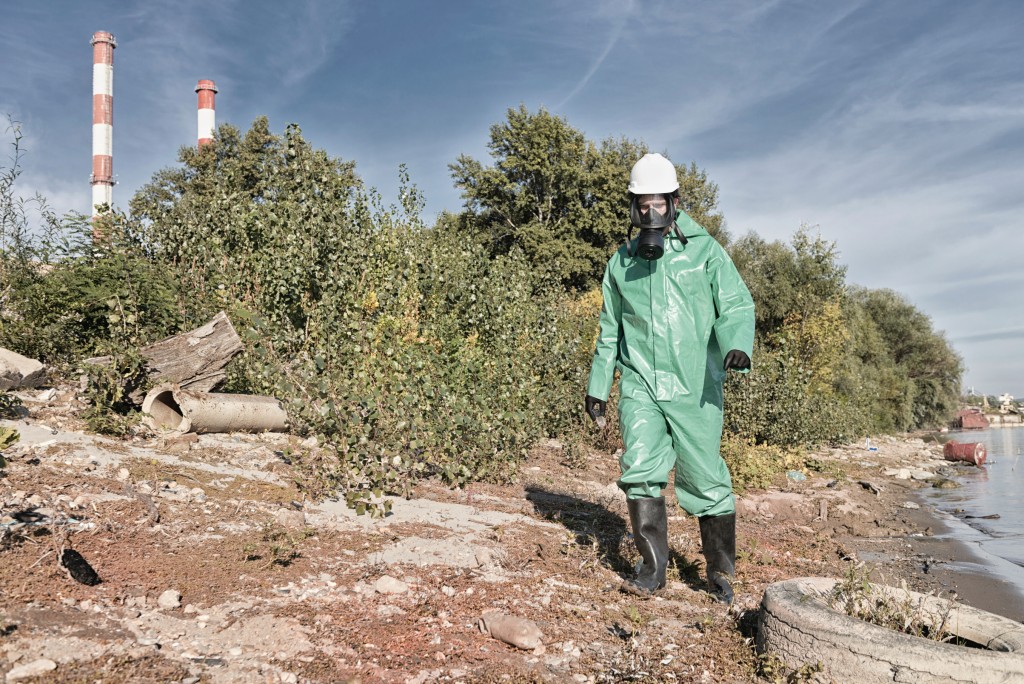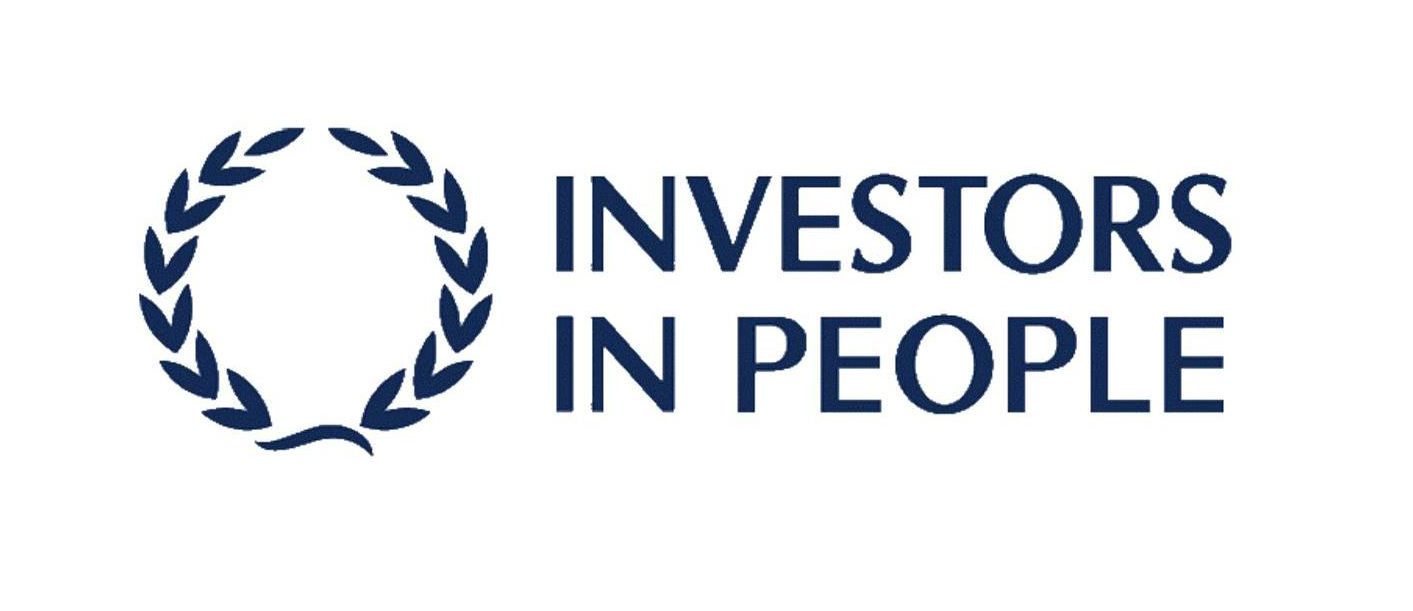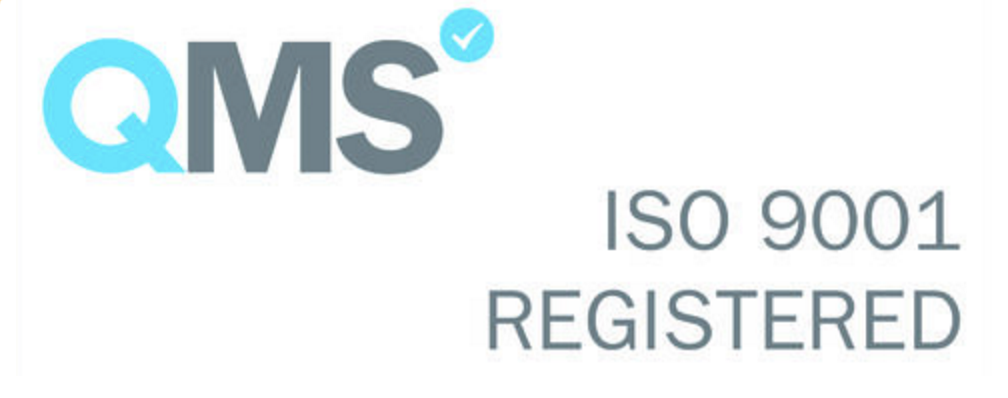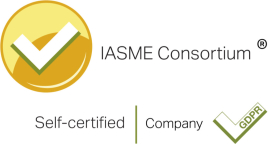
Now that property finance has become more readily available, our developer clients have significantly increased their activities. Naturally this is leading to discussions about tax reliefs on contaminated or derelict land remediation expenditure.
Land remediation expenditure can be subject to an enhanced deduction of 150% of the qualifying trading costs incurred by a company. Qualifying costs are those spent on cleaning-up harmful substances in land (contaminated land remediation relief) or removal of structures to allow the land to be put to productive use (derelict land remediation relief). The conditions for derelict land remediation relief are considerably more onerous than that of contaminated land remediation relief and therefore it is the latter relief which is the more common claim.
It had been announced in Budget 2011 that the contaminated relief would be abolished by 2012. However the Government then confirmed that it would be retained as its abolition was felt to impact the regeneration of otherwise uneconomic brownfield sites.
Staff costs
Contaminated land remediation relief gives an enhanced tax deduction for the costs of staff, materials employed and sub-contractors (including connected parties) who undertake remediation activities. For these purposes staff costs represent the earnings, pension contributions and Employers NIC of directors or employees who are directly engaged in the remediation. Time apportionment is possible, subject to deminimus levels, if the individuals are only partially engaged in the remediation work. Staff should be directly engaged in the activity and therefore support services, such as the costs of administrative departments, are not eligible for the relief.
No relief is available if it was the activities of the claimant (or person connected with them) which resulted in the initial contamination. Nor is a claim possible if there is a grant or subsidy offered to the claimant to do the work.
Timing
A company can only claim contaminated relief in the period in which the expenditure is deducted in calculating profits. This means that the deduction is only available in the period in which work-in-progress/stock is charged against profit. The HMRC manuals reiterate this point with an example confirming that relief is not available in an accounting period in which expenditure is charged to the balance sheet. Once that balance sheet sum is deductible against income the claim can be made.
The relief generates an enhanced tax deduction which can result in a tax loss. Tax losses can be used in the normal way or, if requested by the company, generate a repayment from HMRC equal to 16% of the qualifying loss.
Making a claim
However the relief is used, the enhanced tax deduction can only be recognised if a claim is made to HMRC. Most claims can be made up to two years from the period of the relevant accounts and therefore repayment interest can also accrue on sums paid by HMRC. HMRC are not obliged to make a repayment if there is PAYE/National Insurance owed to them or an enquiry into the company’s corporation tax return for the accounting period that is still open. However they can make a provisional payment of such amount as they feel fit.
In summary there are two enhanced deductions which a corporate developer can claim with contaminated land remediation relief being the common claim. This can reduce tax liabilities or generate tax repayments at a rate of 16% of the claimable sum.
Although it had been suggested that the relief would be abolished in 2012 this decision was reversed and claims are still possible.
The information in this article was correct at the date it was first published.
However it is of a generic nature and cannot constitute advice. Specific advice should be sought before any action taken.
If you would like to discuss how this applies to you, we would be delighted to talk to you. Please make contact with the author on the details shown below.









